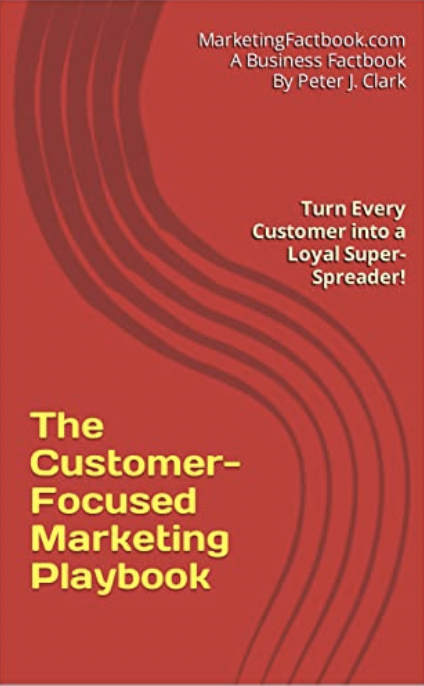Avoiding the risks of loyalty diversification
As brands compete for a shrinking share of the consumer wallet, they are finding they need to work hard to retain consumers, and even harder to attract new ones, according to Adrian Hado, head of insight and analytics for Avios in the United Kingdom.
Loyalty marketing has a key role to play, but it isn't straight-forward, Hado warns. Loyalty schemes need to serve the needs and desires of the whole customer base to be effective, and this is where diversifying a brand's loyalty offering has become essential.
Diversification isn't confined to an organisation's products or brands: the same strategy can be effectively used for a loyalty programme. Diversifying loyalty offerings can help a brand to target individual groups of customers with benefits that are relevant, rewarding and motivating to them.
This approach to loyalty means an organisation can extend its range of rewards to either sell more to existing customers or reach out to new markets. However, one major risk of diversification comes when rewards aren't effectively mapped against customer profiles or segments, so they become irrelevant or unrewarding, resulting damage to brand value.
It is therefore important that any loyalty scheme adheres to two core principles when it comes to developing an effective strategy: it must be relevant, and it must be rewarding.
- Making loyalty relevant
Loyalty rewards have evolved in the mind of customers from being perceived as a bonus for loyalty to an entitlement. At the same time, consumers have shifted, to a degree, away from a desire for relevant possessions to a desire for relevant experiences.Avios has found from partner feedback that 'cashback' programmes are undoubtedly popular, but 'reward' programmes are far more effective at building long-term loyalty and changing behaviour. The company's own research has shown that customers collecting for travel rewards are twice as likely to claim that loyalty points are the main reason why they use a particular brand. And travel rewards tend to attract far higher value customers spending over 30% more on groceries and over 60% more on fuel than customers collecting for cash off.
To attract these high value customers, brands need to maintain alignment between the customer and the loyalty programme to ensure the right loyalty rewards are targeted at the right audiences. To achieve this, loyalty has to be placed at the heart of both the marketing strategy and customer strategy.
Many marketers incorrectly equate customer loyalty with points or rewards, but loyalty is made of much more than that: loyalty is, and should always be, concerned with the behaviours and motivations of all the relevant customer segments. But how can your customer and marketing strategies ensure loyalty is relevant to its audience? The answer lies in the data. The data collected about customers enables a loyalty programme to segment its audience and then effectively diversify so rewards are relevant and meaningful to segments. This in turn stimulates greater loyalty, as well as progression up the loyalty value chain.
Throughout the customer journey, different audience segments can be identified, listened to, and targeted with a diverse but relevant loyalty offering that benefits both the business and the customer.
- Making loyalty rewarding
Segmentation is crucial to any loyalty scheme's success. But it won't work unless the brand actively builds its knowledge of the customer base across every touchpoint. Using behavioural and transactional data to inform more personal and meaningful customer experiences.To be rewarding, loyalty has to be insight-driven and it relies on high quality targeting to ensure it continues to provide a return on investment (ROI) for the brand. This insight-driven approach to loyalty segmentation has served the supermarket chain Tesco very well. It has been able to use loyalty diversification to its advantage by offering exciting, high value rewards only to those customers that see them as motivating. Crucially, these also provide out-of-store redemption opportunities, while the supermarket chain can still offer lower value rewards (such as 'money off in store') to those sections of its audience that find these most relevant.
The beauty of loyalty diversification for a brand comes when, in addition to building customer retention through relevant rewards, it helps recruit new customers. For example, Lloyds TSB offers an Avios Duo Credit Card account to Avios members. This means that Lloyds TSB can tap into a whole new audience of customers in the Avios membership base that may not have otherwise considered a Lloyds TSB card, thereby winning crucial new customers in what is obviously a competitive market place.
The key to making loyalty diversity successful is to ensure the wealth of customer intelligence collected is used across business functions, in order to target customers with long-term, relevant and rewarding benefits, while also offering comprehensive business benefits that engender retention, and even recruitment of customers. That's the holy grail of any loyalty programme.
Sources: Avios / The Marketing Factbook.
Copyright © 2012 - 2025 The Marketing Factbook.
Categorised as:
- Customer Experience
- Customer Loyalty
- Knowing The Customer
- Marketing Know-How
- Marketing Technology
